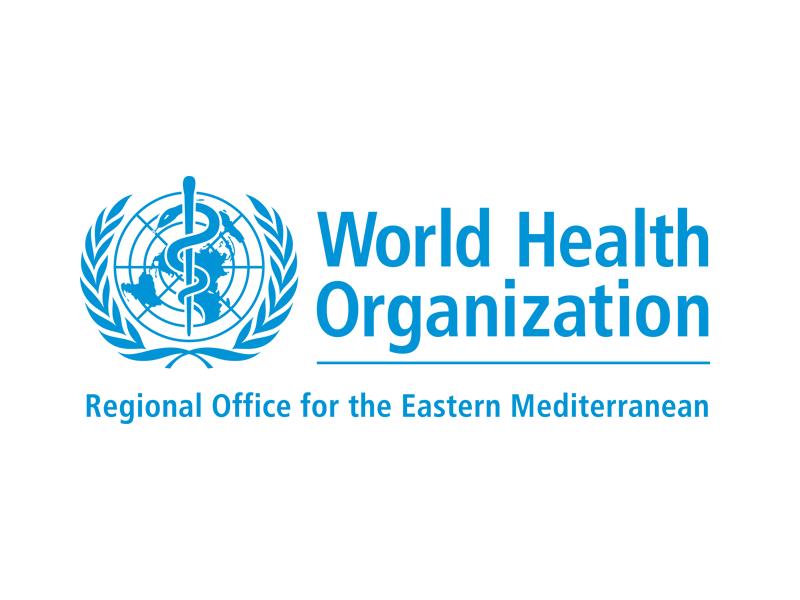
United Nations: 339 million people worldwide will need some form of emergency assistance next year
UN aid chief Martin Griffiths: ‘next year is going to be the biggest humanitarian program’ the world has ever seen
GENEVA: The UN appealed for record funds for aid next year, as the Ukraine war and other conflicts, climate emergencies and the still-simmering pandemic push more people into crisis, and some toward famine.
The United Nations’ annual Global Humanitarian Overview estimated that 339 million people worldwide will need some form of emergency assistance next year — a staggering 65 million more people than the estimate a year ago.
“It’s a phenomenal number and it’s a depressing number,” UN aid chief Martin Griffiths told reporters in Geneva, adding that it meant “next year is going to be the biggest humanitarian program” the world has ever seen.
If all the people in need of emergency assistance were in one country, it would be the third-largest nation in the world, after China and India, he said.
And the new estimate means that one in 23 people will need help in 2023, compared to one in 95 back in 2015.
As the extreme events seen in 2022 spill into 2023, Griffiths described the humanitarian needs as “shockingly high.”
“Lethal droughts and floods are wreaking havoc in communities from Pakistan to the Horn of Africa,” he said, also pointing to the war in Ukraine, which “has turned a part of Europe into a battlefield.”
The annual appeal by UN agencies and other humanitarian organizations said that providing aid to the 230 million most vulnerable people across 68 countries would require a record $51.5 billion.
That was up from the $41 billion requested for 2022, although the sum has been revised up to around $50 billion during the year — with less than half of that sought-for amount funded.
“For people on the brink, this appeal is a lifeline,” Griffiths said.
The report presented a depressing picture of soaring needs brought on by a range of conflicts, worsening instability and a deepening climate crisis.
“There is no doubt that 2023 is going to perpetuate these on-steroids trends,” Griffiths warned.
The overlapping crises have already left the world dealing with the “largest global food crisis in modern history,” the UN warned.
It pointed out that at least 222 million people across 53 countries were expected to face acute food insecurity by the end of this year, with 45 million of them facing the risk of starvation.
“Five countries already are experiencing what we call famine-like conditions, in which we can confidently, unhappily, say that people are dying as a result,” Griffiths said.
Those countries — Afghanistan, Ethiopia, Haiti, Somalia and South Sudan — have seen portions of their populations face “catastrophic hunger” this year, but have not yet seen country-wide famines declared.
Forced displacement is meanwhile surging, with the number of people living as refugees, asylum seekers or displaced inside their own country passing 100 million — over one percent of the global population — for the first time this year.
“And all of this on top of the devastation left by the pandemic among the world’s poorest,” Griffiths said, also pointing to outbreaks of mpox, previously known as monkeypox, Ebola, cholera and other diseases.
Conflicts have taken a dire toll on a range of countries, not least on Ukraine, where Russia’s full-scale invasion in February has left millions in dire need.
The global humanitarian plan will aim to provide $1.7 billion in cash assistance to 6.3 million people inside the war-torn country, and also $5.7 billion to help the millions of Ukrainians and their host communities in surrounding countries.
More than 28 million people are meanwhile considered to be in need in drought-hit Afghanistan, which last year saw the Taliban sweep back into power, while another eight million Afghans and their hosts in the region also need assistance.
More than $5 billion has been requested to address that combined crisis, while further billions were requested to help the many millions of people impacted by the years-long conflicts in Syria and Yemen.
The appeal also highlighted the dire situation in Ethiopia, where worsening drought and a two-year-conflict in Tigray have left nearly 29 million people in desperate need of assistance.
Faced with such towering needs, Griffiths said he hoped 2023 would be a year of “solidarity, just as 2022 has been a year of suffering.”












